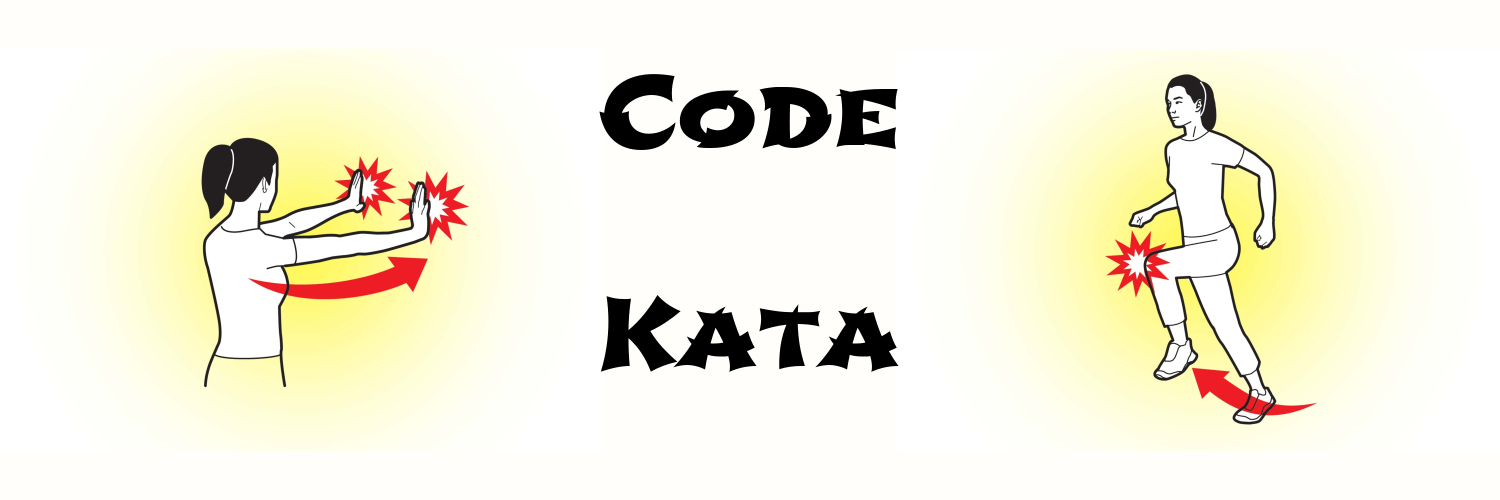Sometimes I miss the named arguments feature in Python, for example: def slope(p1=(0,0), p2=(1,1)) return (float(p2[1] - p1[1])) / (p2[0] - p1[0]) => slope((1,2), (4,5)) => slope(p2=(2, 1)) The equivalent in clojure can be done using destructuring: (defn slope [& {:keys [p1 p2] :or {p1 [0 0] p2 [1 1]}}] (float (/ (- p2 1) (p1 1)) (- p2 0) (p1 0))) => (slope :p1 [1 2] :p2 [3 4]) => (slope :p2 [3 4]) => (slope)

Problem Here is a list of students' exam scores. Write a function to sort them based on given criteria. Like Math first, then Physics and then chemistry and then English. (def exam-scores [{:math 78 :physics 80 :english 97 :chemistry 65} {:math 78 :physics 80 :english 66 :chemistry 65} {:math 78 :physics 54 :english 97 :chemistry 65} {:math 78 :physics 80 :english 97 :chemistry 61} {:math 100 :physics 89 :english 47 :chemistry 85} {:math 98 :physics 80 :english 79 :chemistry 65}]) Solution (defn rank [scores & criteria] (reverse (sort-by (fn [score] (mapv score criteria)) scores))) Note The sort-by in Clojure is very powerful, the idea is to reduce each row into one value that we know how to sort, like numbers, strings or lists.

Problem This coding adventure comes from Advend Of Code Day 1 Solution Github

Problem Write a function steps, that takes a sequence and makes a deeply nested structure from it: (steps [1 2 3 4]) ;=> [1 [2 [3 [4 []]]]] Solution 1 (defn steps [s] (if (seq s) [(first s) (steps (rest s))] [])) Solution 2 Lazy version: (defn lz-steps [s] (lazy-seq (if (seq s) [(first s) (lz-steps (rest s))] []))) Note To see the difference, call the function like this:

Problem Suppose a binary tree structure looks like this: {:val value :L <left-node> :R <right-node>} Write a function to balance insert node into the tree. Solution (defn insert [tree x] (cond (nil? tree) {:val x :L nil :R nil} (< x (:val tree)) (assoc tree :L (insert (:L tree) x)) :else (assoc tree :R (insert (:R tree) x)))) Note Here is the function to traverse the tree: (defn traverse [tree] (when tree (concat (traverse (:L tree)) [(:val tree)] (traverse (:R tree))))) Here is a helper function to create a tree.
